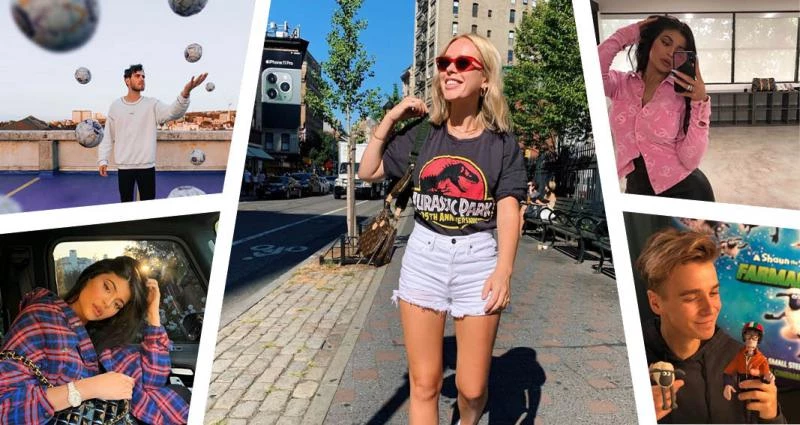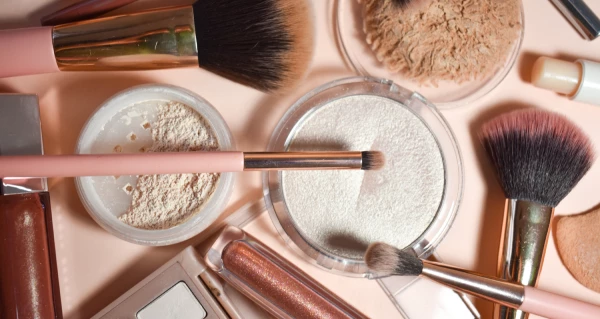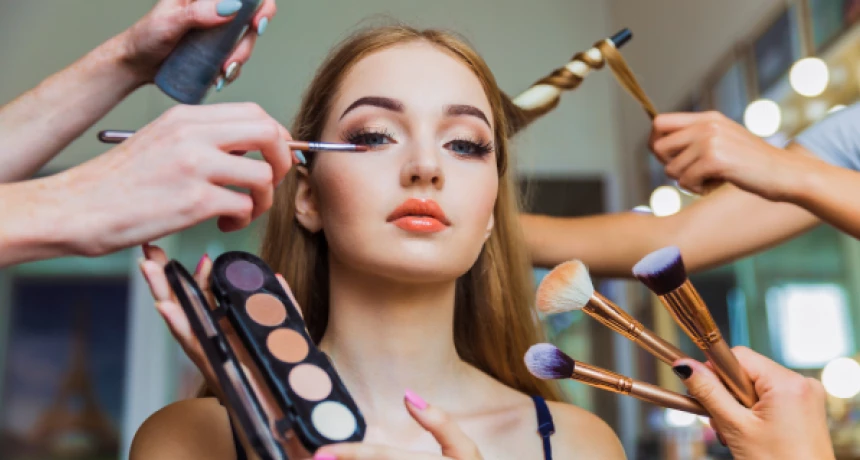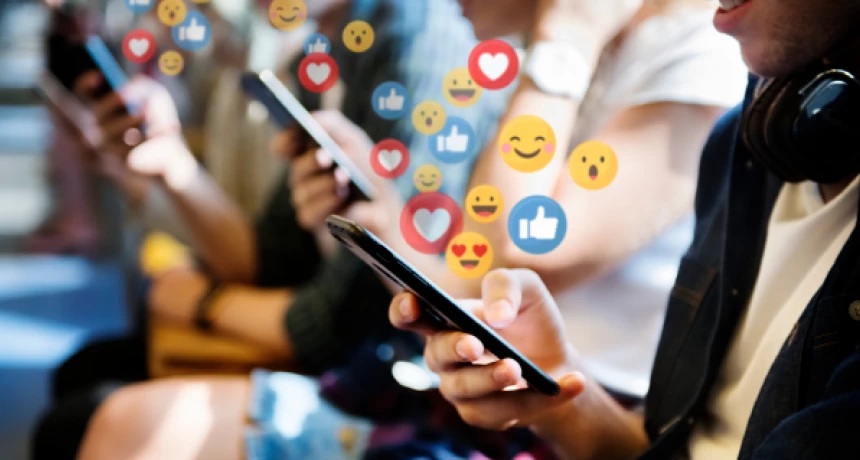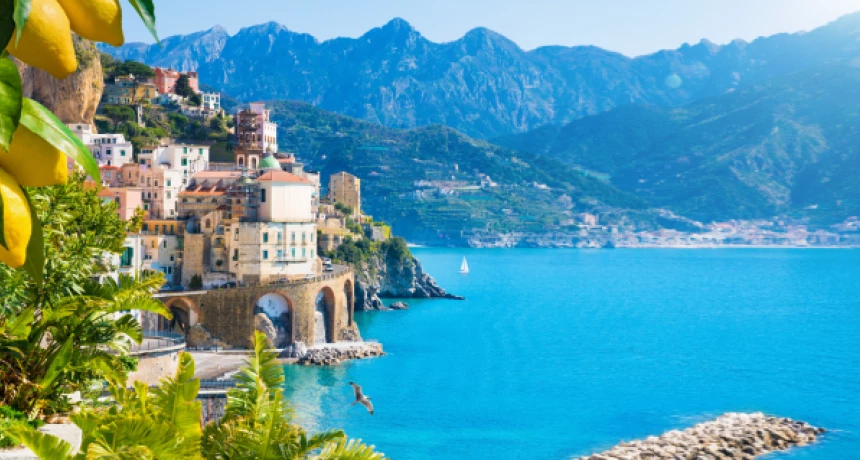Using a well-known public figure or celebrity to endorse and promote a brand or business, certainly isn't anything new. For decades, brands have been using famous faces as a means of advertising. However, in more recent years there has been a shift, with brands now turning their focus to influencer marketing. With a captive audience completely at their disposal, the world of social media influencers hasn't gone unnoticed by savvy businesses.
Let's rewind to over a decade ago, to 2005 where social media was just beginning to take root with the launch of one of today's most successful social media platforms.
2005: YouTube Was Established
For many years, television was the main source of entertainment as well as the most common way to display advertisements and marketing. That was, until YouTube formed in 2005.
Owned by Google and originally launched as a platform for sharing funny videos with people around the world, YouTube quickly became one of the fastest growing platforms on the entire Internet with almost 2 billion active users each month.
Many artists and musicians also used YouTube as a way of getting their music out there in the hope of kickstarting a career, such as Ed Sheeran and Justin Bieber.
2009: The Influencer Phenomenon
2009 was the year that saw a huge influx of bloggers and YouTubers. The likes of Alfie Deyes, Zoella, Tanya Burr and PewDiePie took the world by storm and kickstarted the influencer phenomenon. What started out as a hobby turned into life changing careers and led them to become industry leaders.With a beauty and lifestyle range, four best selling books and multiple businesses, Zoella, also known as Zoe Sugg has become the ultimate girl boss all thanks to her blog and influencer status.
PewDiePie in particular has made a rather large impact and is now one of the highest paid YouTubers and has over 98 million subscribers.
2010: The Beginning of Instagram
Originally used for posting images of food and pretty scenery, now, Instagram has changed the game for influencers, brands and consumers. It allowed influencers to move their social standing to a new platform, enabling them to reach a broader audience and cross promote their social media platforms.
This platform now allows brands to tap into influencers' following and pay them to create sponsored posts and content. Instagram has enabled followers and consumers to gain an insight into the influencers' lifestyle as well as gaining product recommendations and inspirations at the click of a button.
Instagram has continued to grow into an influencer-led platform and has become an industry of its own. Introducing features such as Instagram Stories, Instagram Live and Instagram TV (IGTV), has allowed content and shoppable ads to be consumed in a variety of different forms, catering for all audiences.
2013: The Power of Influencers
Reinforcing the power and sway that social media has on the world, a false tweet posted on an account in April 2013 temporarily wiped out over $130 billion off of the US stock market.
Now, Twitter has an average of 330 million monthly active users.
Kylie Jenner is one of the most famous people online. Fans have continued to follow her every move, so much so, that when she tweeted about how little she used social media platform Snapchat, shares within the company dropped by 6% that same day - an estimated loss of between $1.3 billion and $1.6 billion.
Caroline Hirons is a prime example of having ultimate influencer power. Known as the 'Queen of Skincare', Caroline has been known to mention a product on her blog, YouTube channel or in an Instagram post and either sell out products or increase sales.
2014-2016: Stats Are Beginning To Stack Up
Between the years of 2014 and 2016, statistics show that consumers really were beginning to be influenced by social media marketing and influencers. At the time:
40% of people said they had purchased an item online after seeing it used by an influencer on Instagram, Twitter, Vine, or YouTube.
71% of marketers believed that ongoing ambassadorships are the most effective form of influencer marketing.
70% of influencers felt that the most effective way to collaborate with brands is through an influencer marketing platform.
49% of people said they relied on recommendations from influencers when making purchase decisions.
74% of people turned to social networks for guidance on purchase decisions.
This was when the influencer marketing industry was only just getting started. The industry has since come on in leaps and bounds becoming one of the most impactful forms of marketing.
2017: L'Oreal Reaches Millions With Huge Social Media Campaign
Earlier this year, beauty brand L’Oréal recruited 15 celebrities and influencers to stand as the endorsement for their Confidence Training Programme which promotes self-worth as opposed to self-doubt, in association with The Prince’s Trust. Of the 15, nine of them were social media influencers, including Marcus Butler and Emily Canham – who have a combined Instagram following of almost 4 million!
L'Oreal now uses a number of social media influencers to regularly advertise products and often uses them as the faces of their campaigns, including Victoria Magrath, Emily Canham and Ruth Crilly
2018: The Love Island Effect
Love Island has been around for a while now, however, over the last year or so, it has firmly taken a seat at the forefront of social media influencing. Love Island stars are quickly becoming some of the most influential people on the Internet and brands are queuing up to work with them.
Becoming an influencer in the less traditional way, reality TV shows like Love Island are serving to create modern day celebrities out of its stars.
With a queue of brands waiting to work with them fresh from the villa, Love Island contestants are quick to become social media stars. Islanders are now the ultimate influencer, taking to Instagram to share their paid partnerships and brand collaborations.
Previous Islanders have gone on to collaborate with huge clothing and beauty brands. 2016 Love Island star Olivia Bowen has since had her own reality TV show and has launched her own clothing brand, Exempt Society. 2019 runner-up Molly-Mae Hague has also has her own clothing range with Pretty Little Thing.
Love Island helps to pave the way to social media stardom as seen with this years winner, Amber Gill. She lead the way with an astonishing 5880% increase in Instagram followers just a week after the final, with Ovie Soko a close second with a 5552% increase.
2019: The Rise of TikTok & the Reign of Charli D’Amelio
By 2019, TikTok had firmly established itself as the next big thing in social media. With its short-form video content and an ever-growing user base, the platform quickly became a marketing powerhouse. Charli D’Amelio, a then-teenage dancer, emerged as the face of TikTok, amassing millions of followers and securing high-profile brand deals with companies like Dunkin’ and Prada. Brands began shifting their influencer marketing strategies to focus on TikTok stars, recognizing their unprecedented engagement levels. Simultaneously, Instagram introduced Reels in response to TikTok’s success, further pushing video content to the forefront of digital marketing.
2020: The Pandemic Sparks a New Wave of Influencers
The COVID-19 pandemic saw a surge in social media usage as people turned to digital spaces for entertainment and connection. This period birthed a new wave of influencers, from fitness coaches like Chloe Ting, who dominated YouTube with home workout routines, to financial experts like Humphrey Yang, who simplified investing on TikTok. The rise of Clubhouse, an audio-based social media app, gave influencers and industry experts a new space to discuss trends and build communities. Brands adapted by integrating more live streams and interactive content into their marketing strategies, further emphasising direct engagement with audiences.
2021: The Year of the Creator Economy
Platforms like Patreon, Substack, and OnlyFans saw unprecedented growth, allowing creators to monetize their content directly. Influencers were no longer just marketing tools; they became full-fledged entrepreneurs, launching their own product lines and subscription-based content. MrBeast, one of YouTube’s biggest stars, launched his own fast-food chain, Beast Burger, proving that influencer-backed brands could thrive independently. Social commerce took off, with Instagram and TikTok introducing in-app shopping features, making it easier than ever for influencers to convert followers into customers.
2023: AI Influencers and the Virtual Revolution
Artificial intelligence and virtual influencers became a major force in 2023. AI-generated personalities like Lil Miquela and FN Meka secured brand deals, blurring the line between reality and digital personas. Meanwhile, Meta doubled down on the Metaverse, encouraging brands to create virtual experiences for consumers. The rise of decentralized social media platforms, like Bluesky and Mastodon, signaled a shift away from traditional social giants, with users seeking greater control over their data and content.
2024: The Rise of Community-Centric Platforms
In 2024, social media moved toward community-driven engagement. Platforms like Discord, Geneva, and Reddit saw increased usage as users sought deeper, niche-based interactions. Influencers pivoted toward fostering dedicated communities rather than chasing viral trends. Everyday influencers—employees, farmers, small business owners, and everyday people documenting their lives—began selling more than macro-influencers, as their relatability and authenticity resonated deeply with audiences. Agriculture influencers showcased sustainable farming practices, employee influencers offered behind-the-scenes insights into their workplaces, and lifestyle influencers made connections through their daily routines. TikTok and YouTube launched enhanced subscription features, allowing creators to offer exclusive content. Ethical and sustainable brand partnerships became the norm, with influencers like Emma Chamberlain leading the charge in advocating for conscious consumerism.
2025: The Future of Social Media
Looking ahead, 2025 is expected to be the year of hyper-personalized experiences, AI-driven content creation, and decentralized platforms. Predictions include:
AI as the New Influencer: AI-powered content creators and chatbots will become mainstream, with brands leveraging synthetic influencers to generate 24/7 engagement.
The Decline of Traditional Influencer Marketing: Brands will shift from mega-influencers to micro and nano-influencers, prioritising niche authenticity over mass reach.
Decentralized Social Networks: With privacy concerns rising, blockchain-based platforms will give users more control over their data and earnings.
Immersive Content with AR/VR: Augmented reality (AR) and virtual reality (VR) will redefine user interaction, with influencers hosting digital meetups and brand activations in fully immersive environments.
The Future of Influencers Present Day
As we progress into 2025, what exactly does the future of influencers look like?
Now, brands no longer have to seek out influencers themselves. Thanks to the help of Influencer Matchmaker, we help pair top brands with high-profile social media influencers for campaigns, sponsored posts and brand ambassadorships.
For more information, please contact our influencer team on 0239 580 427 or email contact@influencermatchmaker.co.uk.

